People around the world refer to many different types of snakes as the “Brown Snake.” However, the most infamous, and undoubtedly the most dangerous, are the Australian species.
Researchers place these reptiles in the taxonomic genus Pseudonaja. At this time, scientists recognize nine different species within the genus. Read on to learn about the Brown Snake.
Description of the Brown Snake
At a glance, these reptiles look innocuous. The various species come in a number of different shades of brown and tan. Essentially, they look like plain, brown-colored snakes.
Most species measure about five feet long, though some individuals reach or surpass seven feet or more! Though individuals typically weigh just a pound or two, but the largest individuals reach four pounds or more.
Interesting Facts About the Brown Snake
Each species in this genus is slightly different from the next. Learn what makes a few of the various species unique, below.
- Dugite Snake – The dugite, or spotted brown, lives in Western Australia. Their venom is quite toxic, and can kill a person. However, this species is shy, and usually flees when confronted, though they will bite when cornered.
- Eastern Brown – Also known as the common brown snake, this species lives in Central Australia, Eastern Australia, and parts of New Guinea. In Australia, this snake accounts for more than half of deaths due to snakebite. The only snake more venomous than the eastern brown is the inland taipan.
- Ringed Brown – This species has a series of black rings around its light-tan body. Its small head is black, and it has a ring just beneath the head, and five additional rings along the length of the body. Though it is venomous, the ringed brown is a placid and calm snake, and accounts for very few bites.
- Western Brown – In Australia, some people refer to this species as the “gwardar.” Compared to other species in the group, this snake’s venom is not quite as toxic. However, when it bites, it delivers large amounts of venom.
Habitat of the Brown Snake
These snakes live in a variety of different habitats. Each has its own unique preferences, though many do live in similar types of ecosystems. Most live in arid regions with little rainfall. Some of the different types of habitats that these snakes live in include grasslands, forests, savanna, scrubland, woodland, and more.
Several species also range into more urban areas, usually farms and pastures. They these habitats attract these snakes because their primary prey, rats and mice, thrive in agricultural areas.
Distribution of the Brown Snake
These snakes live across various regions of Australia. Some live across wide expanses, while others live in just a small region. The populations of many species overlap with one another. You can find species in Western Australia, South Australia, Victoria, New South Wales, Queensland, and the Northern Territory.
Diet of the Brown Snake
Like all snakes, these reptiles are carnivores, which means that they eat other animals. Their primary prey is rodents. Invasive house mice are one of their most common meals, but they also eat rabbits, lizards, birds, other snakes, eggs, and more.
When hunting, this snake actively searches for prey. It injects its venom into the prey, and then constricts the prey until it is subdued enough to eat.
Brown Snake and Human Interaction
Humans and these snakes actively avoid one another. However, sometimes their paths do cross. When snakes come across humans they usually try to escape without biting. When they do bite, their venom is quite toxic and requires rapid medical assistance.
The populations of the various species have stable numbers. The IUCN lists all the various species as Least Concern or Data Deficient.
Domestication
Humans have not domesticated these snakes in any way.
Does the Brown Snake Make a Good Pet
No, you do not want to keep any of these reptiles as pets. Even the least venomous species could potentially kill you if they bite you.
Brown Snake Care
How do you care for a venomous Snake? Very, very carefully! People in zoos and research institutes have special training in handling venomous snakes. They feed the snakes rats and mice, and many facilities “milk” the snakes for their venom. By collecting venom, researchers can create antivenom, which saves lives.
Behavior of the Brown Snake
These snakes live solitary lives. Though they are diurnal, on hotter days they spend their time resting in rocky crevices or other shady areas, and hunt for prey in the early morning and late afternoon.
Most species avoid confrontation, and attempt to escape when threatened. Overnight, they sleep in abandoned burrows or other sheltered areas.
Reproduction of the Brown Snake
Most species breed in the fall. After mating, the female lays a clutch of eggs in a burrow or beneath a log. Clutches contain anywhere from 10 to 30 eggs. After she lays her eggs, the female leaves and does not defend them in any way. The young snakes hatch about 2 months later, fully independent, and ready to hunt.

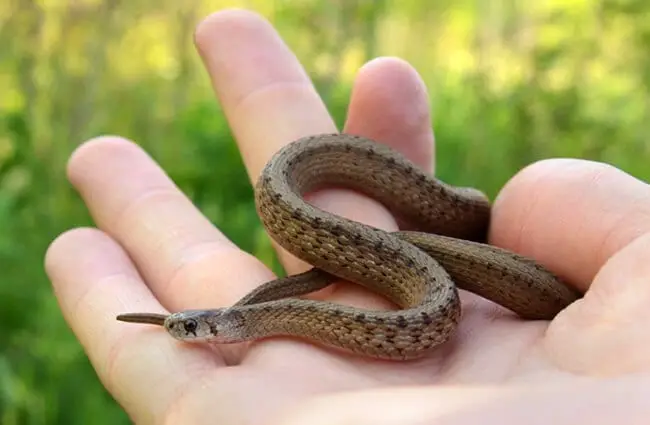

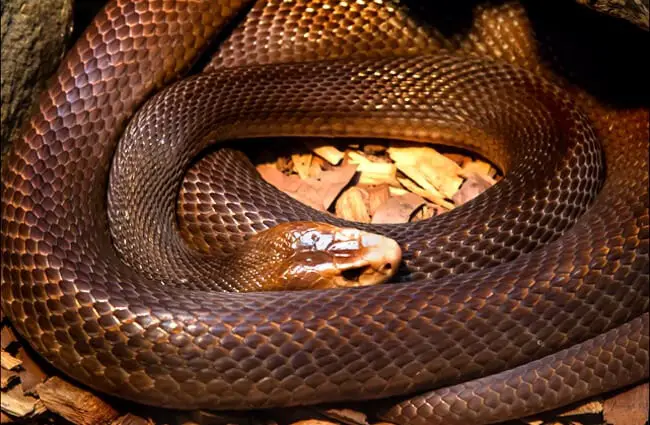
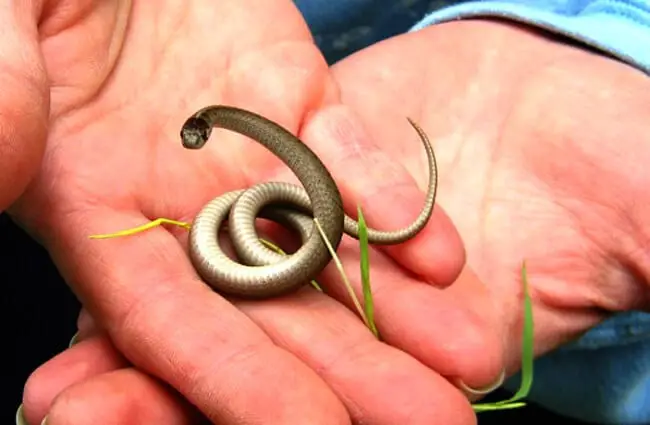
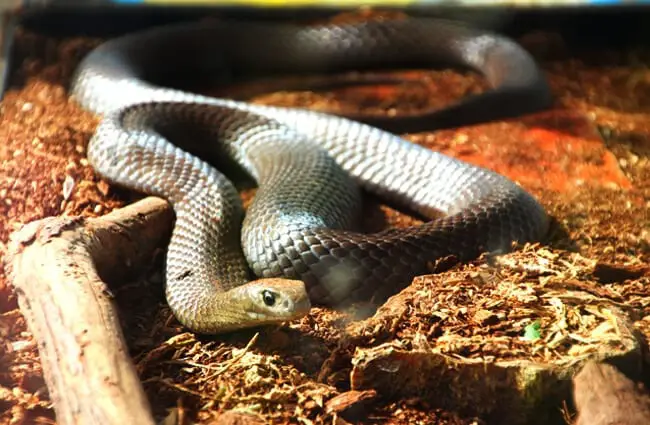


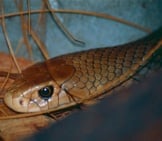
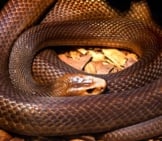
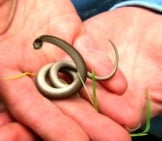
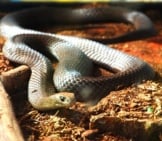

![Red Angus Closeup of a beautiful Red Angus cowPhoto by: U.S. Department of Agriculture [pubic domain]https://creativecommons.org/licenses/by/2.0/](https://animals.net/wp-content/uploads/2020/03/Red-Angus-4-238x178.jpg)












![Red Angus Closeup of a beautiful Red Angus cowPhoto by: U.S. Department of Agriculture [pubic domain]https://creativecommons.org/licenses/by/2.0/](https://animals.net/wp-content/uploads/2020/03/Red-Angus-4-100x75.jpg)

